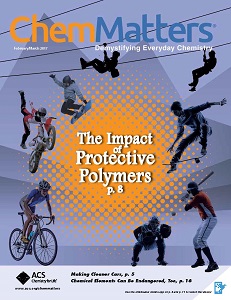February 2017 Issue
Departments
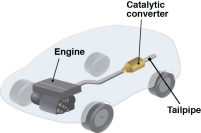
Open for Discussion: Can We Make Cars that Are Clean, Fuel-Efficient, and Powerful?
By John Uhlrich
Car manufacturers are working hard to make cars that emit less pollution, consume little gasoline, and have powerful engines. Is that possible?

ChemClub Infographic Contest Winner
Petrichor: The Smell of Rain
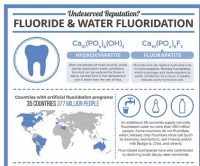
As a Matter of Fact
Undeserved Reputation? Fluoride & Water Fluoridation
(available in print issue only)
Features
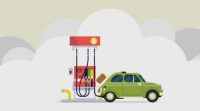
The Drive for Cleaner Emissions
By John Uhlrich
The Volkswagen scandal serves as a sobering reminder that reducing car emissions is not easy to achieve. Why is that so?
Teacher's Guide
Background Information for the Teacher's Guide
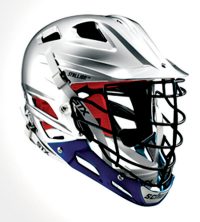
No-Hit Wonder! D3O®
By Brian Rohrig
D3O® is a bright-orange material that protects more than 100 products— including cell-phone cases, kneepads, and helmets— from impact.
Teacher's Guide
Background Information for the Teacher's Guide
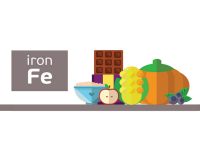
Iron in the Diet: Power on Your Plate?
By Gail Kay Haines
We all need a small amount of iron in our food every day, but too little or too much can cause serious health conditions. It’s all part of the body’s iron balancing act.
Teacher's Guide
Background Information for the Teacher's Guide
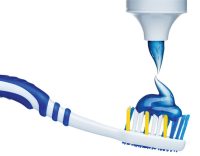
Brush Up on Toothpaste!
By Valerie Brown
How does toothpaste prevent tooth decay and keep your teeth clean?We look at the main ingredients and explain how they work.
Teacher's Guide
Background Information for the Teacher's Guide
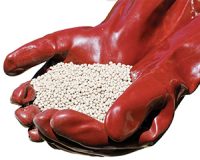
62 Endangered Elements
By Chris Patrick
The natural reserves of 62 chemical elements are running low. We look at how three of them—indium, helium, and phosphorus—are used in everyday products and what would happen if we ran out of them.
Teacher's Guide
Background Information for the Teacher's Guide
Share this page:

